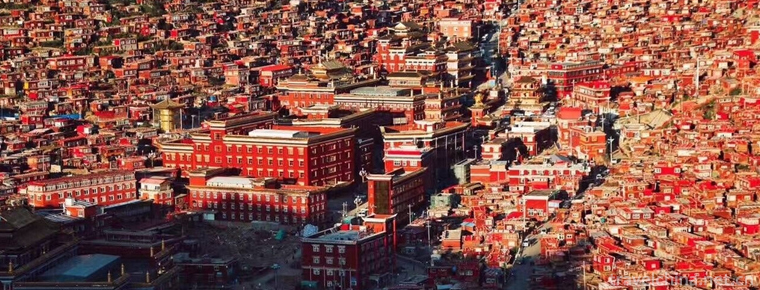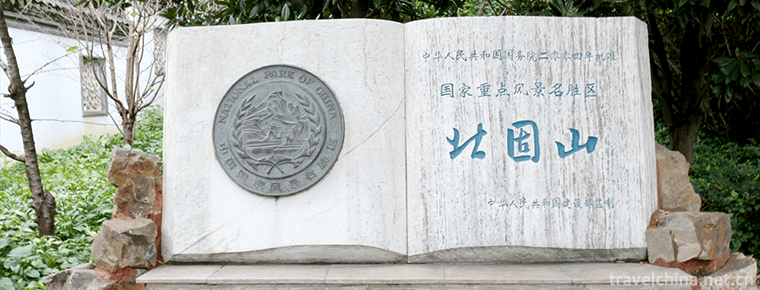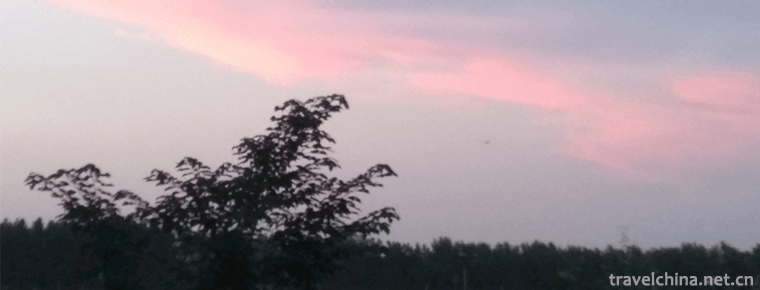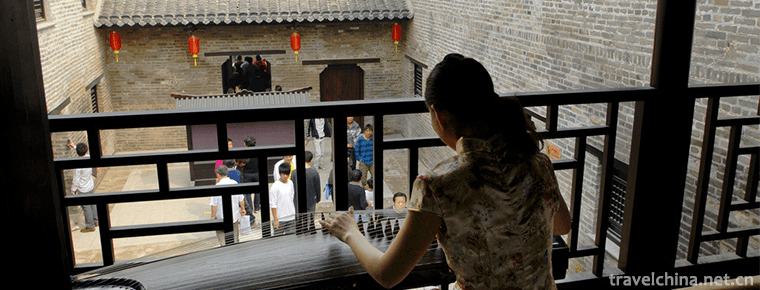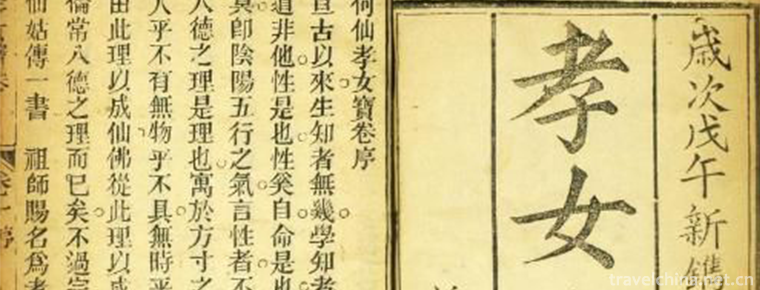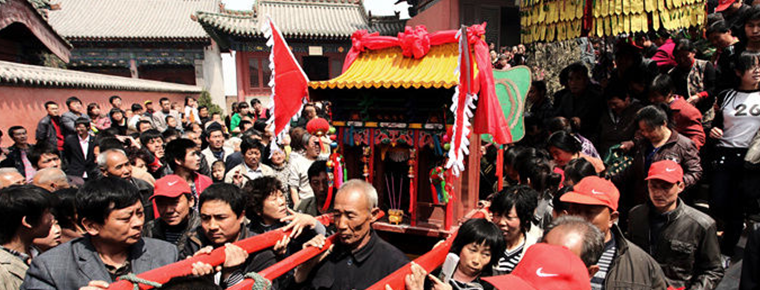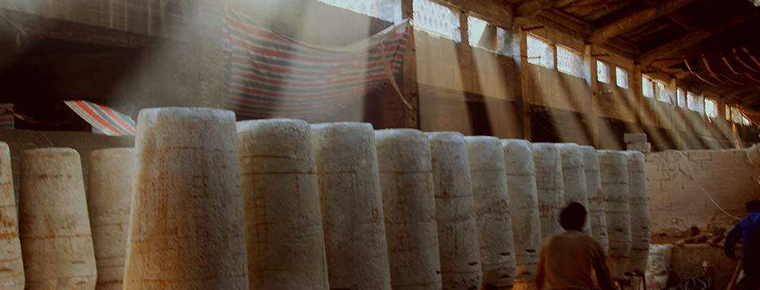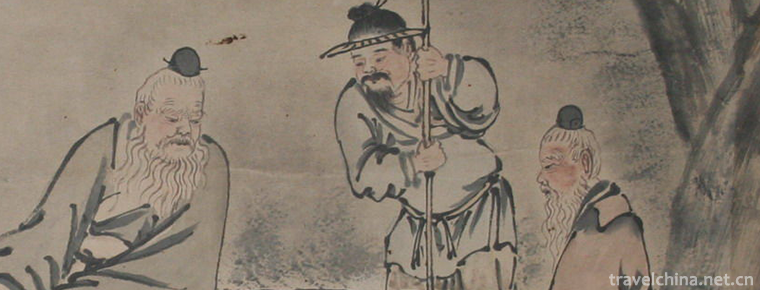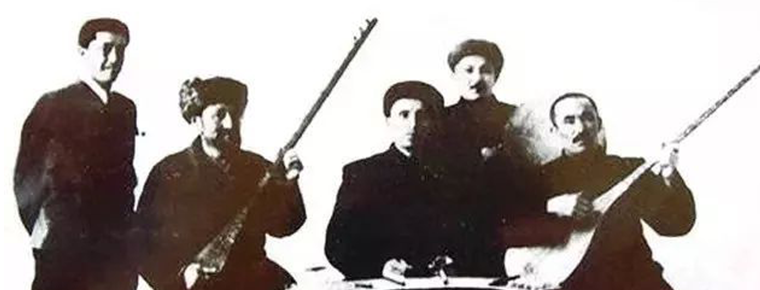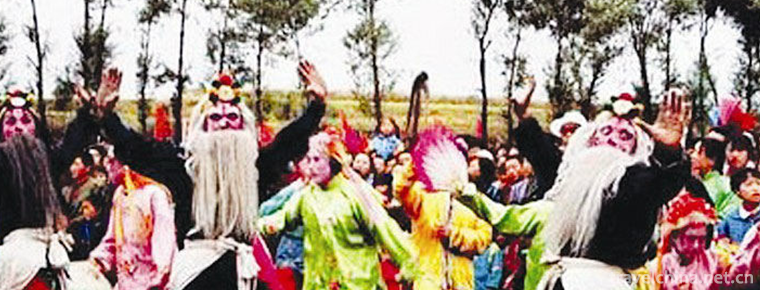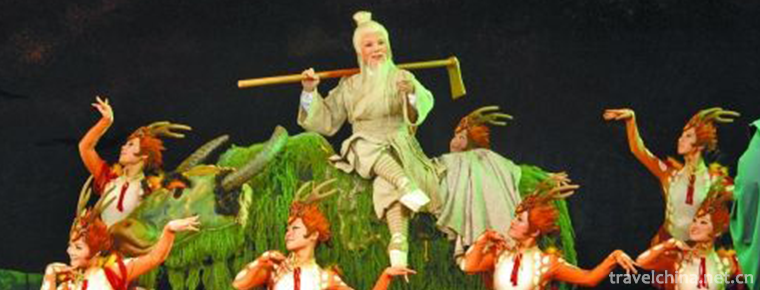Luzhou transportation
Luzhou transportation
data
By the end of 2017, the number of civil motor vehicles in Luzhou had reached 678200, an increase of 74700 over the beginning of the year. Among them, 352400 cars (including 294 tricycles and low-speed trucks), an increase of 56500, and 323700 motorcycles, an increase of 17600. Among the cars, 312600 were private cars, an increase of 54800 over the beginning of the year, including 288600 private minibuses and minibuses, an increase of 50900. There were 1120 new energy vehicles, an increase of 35.3% over the previous year.
By the end of 2017, there were 2853 highway passenger transport vehicles (excluding public transport and taxis), 46 grade passenger stations and 986 passenger lines. There are 1536 rural passenger transport vehicles, 545 rural passenger lines, and 92.19% of the administrative village passenger buses are accessible. In the whole year, 73.3881 million passengers were transported, and the passenger transportation turnover was 4.535 billion person kilometers. At the end of the year, 20765 road freight vehicles were operated, and 86.1358 million tons of goods were transported in the whole year, an increase of 22.6% over the previous year. The turnover of goods transportation was 13.862 billion tons km, an increase of 8.7% over the previous year.
Public transportation
Main entry: Luzhou bus
By the end of 2017, there were 1782 public transport buses (including county and urban-rural bus lines) in Luzhou, 230 bus lines, and 254.395 million passenger trips in the whole year. Among them, there are 1459 urban buses, 159 bus lines, and 226.468 million passengers per year. At the end of the year, there were 2011 urban passenger taxis, including 1574 in the municipal districts. There are 496 new energy buses and 250 new energy taxis in the city. In Jiucheng Avenue and Longma Avenue, 19.2 kilometers of bus lanes have been built and put into use, with a total of 36 kilometers of bus lanes in the city.
Main entry: Luzhou rail transit
highway
By the end of 2017, the total mileage of highways in Luzhou was 13799.4 km, including 455 km of expressway, 131.2 km of class I highway, 805.6 km of class II Highway, and 12407.6 km of class III and below highways.
Luzhou has built (G76) Longna Expressway and Naqian expressway; (g4215) Chengdu Zigong Luzhou expressway; (G93) Luzhou Yichang Expressway and Luzhou Chongqing Expressway; (S26) Yixu Expressway and Xugu expressway. Luzhou ring expressway runs through the whole territory and connects the three districts of the main city, forming the traffic network of Luzhou expressway. National and provincial trunk highways such as national highway 321 (Guangcheng Road), provincial highway 308 (Hegong Road), provincial highway 207 (Zilu Road), provincial highway 307 (Luyan Road), and provincial highway 309 (Gugao Road) pass through the city.
Luzhou is one of the national highway hub cities. According to the "national logistics park development plan", Luzhou city is listed as the national secondary logistics park layout city. In Sichuan Province, only Chengdu City is listed as the first level national logistics park layout City, Luzhou, Mianyang and Dazhou are listed as the national second level logistics park layout cities, and Luzhou is the only city in South Sichuan.
Luzhou transportation
data
By the end of 2017, the number of civil motor vehicles in Luzhou had reached 678200, an increase of 74700 over the beginning of the year. Among them, 352400 cars (including 294 tricycles and low-speed trucks), an increase of 56500, and 323700 motorcycles, an increase of 17600. Among the cars, 312600 were private cars, an increase of 54800 over the beginning of the year, including 288600 private minibuses and minibuses, an increase of 50900. There were 1120 new energy vehicles, an increase of 35.3% over the previous year.
By the end of 2017, there were 2853 highway passenger transport vehicles (excluding public transport and taxis), 46 grade passenger stations and 986 passenger lines. There are 1536 rural passenger transport vehicles, 545 rural passenger lines, and 92.19% of the administrative village passenger buses are accessible. In the whole year, 73.3881 million passengers were transported, and the passenger transportation turnover was 4.535 billion person kilometers. At the end of the year, 20765 road freight vehicles were operated, and 86.1358 million tons of goods were transported in the whole year, an increase of 22.6% over the previous year. The turnover of goods transportation was 13.862 billion tons km, an increase of 8.7% over the previous year.
Public transportation
Main entry: Luzhou bus
By the end of 2017, there were 1782 public transport buses (including county and urban-rural bus lines) in Luzhou, 230 bus lines, and 254.395 million passenger trips in the whole year. Among them, there are 1459 urban buses, 159 bus lines, and 226.468 million passengers per year. At the end of the year, there were 2011 urban passenger taxis, including 1574 in the municipal districts. There are 496 new energy buses and 250 new energy taxis in the city. In Jiucheng Avenue and Longma Avenue, 19.2 kilometers of bus lanes have been built and put into use, with a total of 36 kilometers of bus lanes in the city.
Main entry: Luzhou rail transit
highway
By the end of 2017, the total mileage of highways in Luzhou was 13799.4 km, including 455 km of expressway, 131.2 km of class I highway, 805.6 km of class II Highway, and 12407.6 km of class III and below highways.
Luzhou has built (G76) Longna Expressway and Naqian expressway; (g4215) Chengdu Zigong Luzhou expressway; (G93) Luzhou Yichang Expressway and Luzhou Chongqing Expressway; (S26) Yixu Expressway and Xugu expressway. Luzhou ring expressway runs through the whole territory and connects the three districts of the main city, forming the traffic network of Luzhou expressway. National and provincial trunk highways such as national highway 321 (Guangcheng Road), provincial highway 308 (Hegong Road), provincial highway 207 (Zilu Road), provincial highway 307 (Luyan Road), and provincial highway 309 (Gugao Road) pass through the city.
Luzhou is one of the national highway hub cities. According to the "national logistics park development plan", Luzhou city is listed as the national secondary logistics park layout city. In Sichuan Province, only Chengdu City is listed as the first level national logistics park layout City, Luzhou, Mianyang and Dazhou are listed as the national second level logistics park layout cities, and Luzhou is the only city in South Sichuan.

Luzhou transportation
-
Sertar County
Sertar County is a county under the jurisdiction of Ganzi ...
Views: 246 Time 2018-10-12 -
Beigushan HillBeigu Mountain
Beigu Mountain, one of the three scenic spots in Zhenjiang, overlooks Beigu, pillows the river, rocky walls, and the mountain is dangerous, so it is named Beigu Mountain
Views: 174 Time 2018-12-06 -
Lao Leshan Tourist Scenic Spot
Lao Leshan is located in the south of Henan Province, 9 kilometers southwest of Zhumadian City and 8 kilometers west of Queshan County. National Highway 107
Views: 156 Time 2019-01-29 -
Yao Wan ancient town
Yaowan Ancient Town is located in the southwest edge of Xinyi City, Xuzhou City, Jiangsu Province, at the junction of Beijing-Hangzhou Grand Canal and Luoma Lake, and is connected with Suqian, Suining
Views: 277 Time 2019-03-03 -
Treasure roll
Baojuan is a traditional Chinese literary form of rap and singing, which evolved from the folklore in the temples of Tang Dynasty. Most of the authors are monks and nuns.
Views: 537 Time 2019-04-04 -
Hongdongs custom of visiting relatives
The custom of walking relatives in Hongdong is a kind of Han traditional folk culture which spreads in Ganting, Wucun, Xincun, Longma and Wanan townships
Views: 147 Time 2019-05-03 -
Construction Techniques of Jingdezhen Traditional Porcelain Kiln Workshop
Jingdezhen traditional porcelain kiln workshop building skills, Jiangxi Province Jingdezhen local traditional ceramic industry building and building skills, one of the national intangible cultural her
Views: 114 Time 2019-05-08 -
Legend of Ronke Mountain
The legend of Mount Ronke is a local folklore spread in Quzhou, Zhejiang Province. Weiqi originated in China, and it is said that the root of Weiqi is Mount Ronke.
Views: 167 Time 2019-05-11 -
Uzbek Ehilai and Yelai
Uzbek Ehilai and Yelai are mainly distributed in Kashgar, Shache, Yecheng and Yining, Ili Kazakh Autonomous Prefecture, Xinjiang Uygur Autonomous Region. Uzbek people have excellent music and dance cu
Views: 135 Time 2019-06-29 -
Yangge Opera
Yangge Opera is a traditional opera art widely popular in China, mainly distributed in Shanxi, Hebei, Shaanxi, Inner Mongolia, Shandong and other places. It originated from the songs sung by the worki
Views: 231 Time 2019-07-10 -
Extra tune
In addition to the form of opera, Yue Diao has two branches, namely, opera and puppet. In 1942, there was a severe drought in Henan Province. During this period, many cross-tone artists (such as Zhang
Views: 280 Time 2019-07-16 -
Beijing Sport Univerrsity
Beijing Sports University was founded in 1953, formerly known as the Central College of Physical Education, renamed Beijing Sports College in 1956 and Beijing Sports University in 1993. It is a nation
Views: 201 Time 2019-09-06
